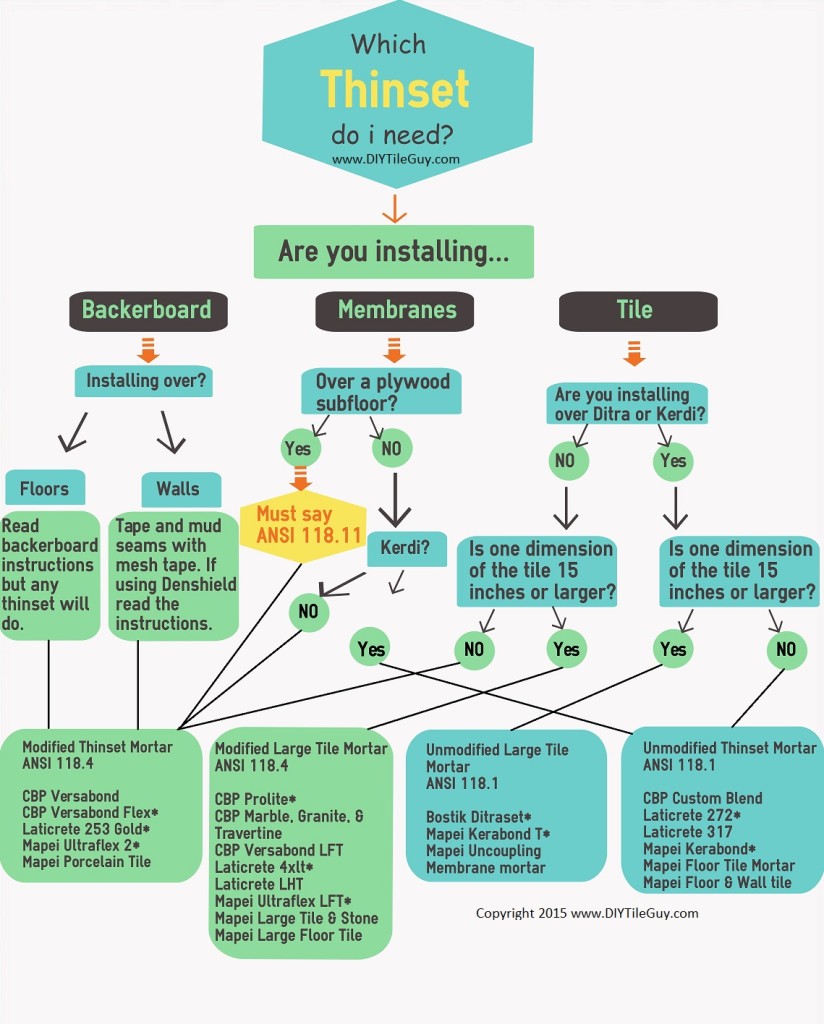Thinset Thickness For Wall Tile

Many thinsets max out at 1 4 in a single layer.
Thinset thickness for wall tile. For example a 3 8 notch trowel will produce a 3 16th inch thick coating after the tiles are pressed in to the cement. It is applied to the substrate with a notched trowel. Cover your work surface with plastic sheeting. Pour thinset powder into the bucket or mixing tray.
Mar 20 2019 the 2011 tile industry standards define the minimum bond layer thickness to be 3 32 after beat in but the maximum thickness has more to do with the manufacturer of the thinset mortar you are using. Refer to the package for specific mixing ratios based on the size. At this point the thickness of the thinset on the wall must be thicker than the tiles. Using a u notched trowel and embedding the tile into the thinset leaves you with a bed of thinset beneath the tile a little over 1 3 the size of the trowel teeth.
Put on a dust mask to protect yourself from inhaling the thinset. Tile set by the thinset method is adhered to the substrate with a thin layer of thinset cement. 3 choose a tile trowel. Thinset is a mortar that is made of portland cement silica sand and moisture retaining agents.
How to spread thinset evenly for tile walls 1. A 3 8 x 3 8 trowel will leave a 3 16 bed of thinset beneath the tile. Thinset tile mortar has a smooth slippery consistency similar to mud. 2 spread thinset for ceramic tile.
Rake the notched trowel through the thinset to create the furrows that enable a strong bond with the tile. So a 1 2 x 1 2 trowel will leave a 1 4 high bed of thinset beneath the tile. This type of cement is designed to adhere well in a thin layer typically not greater than 3 16th thick. 1 apply mortar to a shower wall.














































